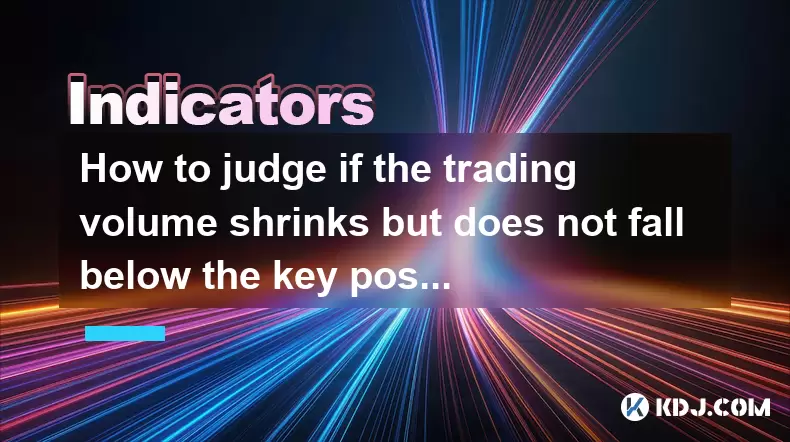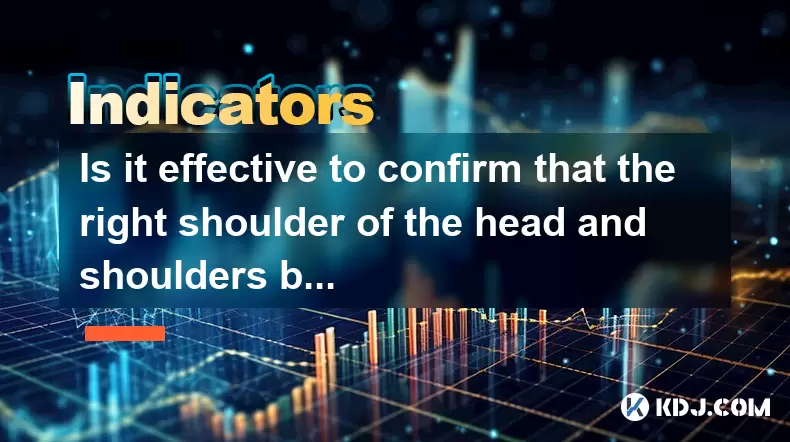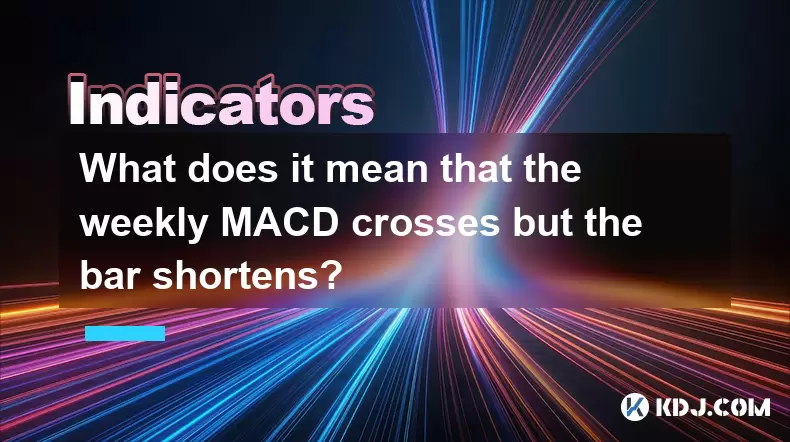-
 Bitcoin
Bitcoin $106,754.6083
1.33% -
 Ethereum
Ethereum $2,625.8249
3.80% -
 Tether USDt
Tether USDt $1.0001
-0.03% -
 XRP
XRP $2.1891
1.67% -
 BNB
BNB $654.5220
0.66% -
 Solana
Solana $156.9428
7.28% -
 USDC
USDC $0.9998
0.00% -
 Dogecoin
Dogecoin $0.1780
1.14% -
 TRON
TRON $0.2706
-0.16% -
 Cardano
Cardano $0.6470
2.77% -
 Hyperliquid
Hyperliquid $44.6467
10.24% -
 Sui
Sui $3.1128
3.86% -
 Bitcoin Cash
Bitcoin Cash $455.7646
3.00% -
 Chainlink
Chainlink $13.6858
4.08% -
 UNUS SED LEO
UNUS SED LEO $9.2682
0.21% -
 Avalanche
Avalanche $19.7433
3.79% -
 Stellar
Stellar $0.2616
1.64% -
 Toncoin
Toncoin $3.0222
2.19% -
 Shiba Inu
Shiba Inu $0.0...01220
1.49% -
 Hedera
Hedera $0.1580
2.75% -
 Litecoin
Litecoin $87.4964
2.29% -
 Polkadot
Polkadot $3.8958
3.05% -
 Ethena USDe
Ethena USDe $1.0000
-0.04% -
 Monero
Monero $317.2263
0.26% -
 Bitget Token
Bitget Token $4.5985
1.68% -
 Dai
Dai $0.9999
0.00% -
 Pepe
Pepe $0.0...01140
2.44% -
 Uniswap
Uniswap $7.6065
5.29% -
 Pi
Pi $0.6042
-2.00% -
 Aave
Aave $289.6343
6.02%
How to judge if the trading volume shrinks but does not fall below the key position?
Shrinking trading volume near key support levels can signal accumulation, suggesting underlying strength rather than weakness in the market.
Jun 17, 2025 at 08:36 am

Understanding the Concept of Shrinking Trading Volume
In cryptocurrency trading, volume is one of the most critical indicators that traders use to assess market sentiment and potential price movements. When we talk about shrinking volume, it refers to a situation where the number of transactions or the amount of coins traded over a certain period decreases compared to previous intervals.
It's essential to distinguish between normal fluctuations in volume and significant drops that might signal a change in trend. However, what makes this scenario particularly interesting is when volume shrinks but does not fall below a key support level—a phenomenon that may indicate underlying strength rather than weakness.
Shrinking volume without breaking a key position can suggest accumulation or consolidation.
Identifying Key Positions on a Chart
Before analyzing whether volume is meaningful in relation to a key position, you must first identify what constitutes a key position on the chart. These are typically levels where price has historically reacted strongly—either reversing direction or consolidating for an extended period.
Common types of key positions include:
- Support and resistance levels
- Fibonacci retracement levels
- Moving average crossovers
- Psychological price points (e.g., round numbers like $10,000 for Bitcoin)
These levels act as psychological barriers or magnets for traders and algorithms alike. The importance of these levels increases with the time frame being observed—daily and weekly charts carry more weight than hourly ones.
Key positions serve as crucial reference points for assessing market behavior during low-volume periods.
Analyzing Volume Behavior Relative to Price Action
To determine whether shrinking volume holds significance, it’s vital to analyze how it correlates with price action around the key level. If the price is approaching a known support zone and volume starts to decline, this could mean that selling pressure is waning and buyers are stepping in quietly.
This kind of pattern often precedes a bullish reversal or continuation of the existing trend. Conversely, if volume dries up near a resistance level while the price struggles to break through, it may signal lack of conviction among buyers.
Here’s how to interpret such scenarios:
- Volume drops while price holds above support: Suggests potential accumulation.
- Price consolidates with declining volume near resistance: May indicate rejection is likely.
- Volume remains elevated during pullback: Could imply strong selling pressure still present.
Volume should always be interpreted in context with price movement and key technical levels.
Using Indicators to Confirm Volume Trends
There are several tools available to help visualize and quantify volume trends in relation to price:
- On-Balance Volume (OBV): This indicator adds volume on up days and subtracts it on down days. A rising OBV suggests institutional buying, even if the price isn’t moving much.
- Volume Moving Averages: Comparing current volume to its moving average helps identify whether volume is above or below normal levels.
- Volume-by-Price Charts: These show which price levels have seen the most trading activity, helping pinpoint areas of interest.
By overlaying these tools on your chart, you can better understand whether the drop in volume is part of a broader trend or just noise.
Combining volume indicators with price analysis enhances accuracy in identifying meaningful market signals.
Practical Steps to Assess Volume and Key Position Interaction
If you're trying to evaluate whether shrinking volume near a key level is significant, follow these steps:
- Determine the key level: Use historical data to find zones where price previously reversed or consolidated.
- Observe recent volume patterns: Compare current volume to the average volume over the same time frame in previous cycles.
- Monitor price reaction: Watch whether the price bounces off the key level or breaks through it decisively.
- Use candlestick structure: Look for signs of rejection like long wicks or engulfing candles at the key level.
- Correlate with other indicators: Confirm using tools like RSI, MACD, or OBV to ensure alignment across multiple metrics.
A structured approach ensures you don't misinterpret temporary volatility as a definitive signal.
Frequently Asked Questions
Q: Can shrinking volume occur during both bullish and bearish phases?
Yes, shrinking volume can appear in both uptrends and downtrends. In an uptrend, it may indicate consolidation before a breakout. In a downtrend, it could suggest weakening selling pressure, potentially signaling a bottom.
Q: What time frames are most reliable for observing volume shrinkage near key levels?
Daily and 4-hour charts tend to provide the most reliable signals because they filter out short-term noise. Lower time frames like 15-minute or 1-hour charts can be useful for entry timing but are less reliable for confirming major shifts.
Q: Is it possible for volume to rise again after shrinking near a key level?
Absolutely. A temporary drop in volume followed by a surge can indicate renewed interest in the asset. If the price holds above the key level and volume spikes upward, it often signals a strong move in the direction of the breakout.
Q: How do I differentiate between healthy consolidation and a failing trend when volume shrinks?
Healthy consolidation usually occurs within a tight range near a key level with minor pullbacks. Failing trends often exhibit breakdowns below key supports, increasing bearish divergence, and failure to retest previous highs.
Disclaimer:info@kdj.com
The information provided is not trading advice. kdj.com does not assume any responsibility for any investments made based on the information provided in this article. Cryptocurrencies are highly volatile and it is highly recommended that you invest with caution after thorough research!
If you believe that the content used on this website infringes your copyright, please contact us immediately (info@kdj.com) and we will delete it promptly.
- 2025-W Uncirculated American Gold Eagle and Dr. Vera Rubin Quarter Mark New Products
- 2025-06-13 06:25:13
- Ruvi AI (RVU) Leverages Blockchain and Artificial Intelligence to Disrupt Marketing, Entertainment, and Finance
- 2025-06-13 07:05:12
- H100 Group AB Raises 101 Million SEK (Approximately $10.6 Million) to Bolster Bitcoin Reserves
- 2025-06-13 06:25:13
- Galaxy Digital CEO Mike Novogratz Says Bitcoin Will Replace Gold and Go to $1,000,000
- 2025-06-13 06:45:13
- Trust Wallet Token (TWT) Price Drops 5.7% as RWA Integration Plans Ignite Excitement
- 2025-06-13 06:45:13
- Ethereum (ETH) Is in the Second Phase of a Three-Stage Market Cycle
- 2025-06-13 07:25:13
Related knowledge

How to interpret the low opening the next day after the long lower shadow hits the bottom?
Jun 18,2025 at 12:22am
Understanding the Long Lower Shadow Candlestick PatternIn technical analysis, a long lower shadow candlestick is often seen as a potential reversal signal in a downtrend. This pattern occurs when the price opens, trades significantly lower during the session, but then recovers to close near the opening price or slightly above. The long wick at the botto...

How to operate the RSI indicator repeatedly in the 40-60 range?
Jun 18,2025 at 12:56am
Understanding the RSI Indicator and Its RelevanceThe Relative Strength Index (RSI) is a momentum oscillator widely used in cryptocurrency trading to measure the speed and change of price movements. Typically, the RSI ranges from 0 to 100, with levels above 70 considered overbought and below 30 considered oversold. However, when the RSI repeatedly stays ...

How strong is the MACD golden cross below the zero axis?
Jun 17,2025 at 11:00pm
Understanding the MACD Indicator in Cryptocurrency TradingThe Moving Average Convergence Divergence (MACD) is one of the most widely used technical indicators among cryptocurrency traders. It helps identify potential trend reversals, momentum shifts, and entry or exit points. The MACD consists of three main components: the MACD line, the signal line, an...

How effective is the golden cross of the William indicator double line in the oversold area?
Jun 17,2025 at 11:56pm
Understanding the William Indicator and Its Double Line SetupThe William %R (Williams Percent Range) is a momentum oscillator used to identify overbought or oversold conditions in a market. It ranges from 0 to -100, with readings above -20 considered overbought and below -80 deemed oversold. The double line setup refers to plotting two different timefra...

Is it effective to confirm that the right shoulder of the head and shoulders bottom volume at the 30-minute level is enlarged?
Jun 17,2025 at 11:42pm
Understanding the Head and Shoulders Pattern in Cryptocurrency TradingThe head and shoulders pattern is one of the most recognized reversal patterns in technical analysis, especially within cryptocurrency trading. It typically signals a potential shift from a bullish trend to a bearish one. This pattern consists of three peaks: the left shoulder, the he...

What does it mean that the weekly MACD crosses but the bar shortens?
Jun 18,2025 at 01:07am
Understanding the MACD IndicatorThe Moving Average Convergence Divergence (MACD) is a popular technical analysis tool used in cryptocurrency trading to identify potential trend reversals and momentum shifts. It consists of three main components: the MACD line, the signal line, and the histogram (also known as the bar). The MACD line is calculated by sub...

How to interpret the low opening the next day after the long lower shadow hits the bottom?
Jun 18,2025 at 12:22am
Understanding the Long Lower Shadow Candlestick PatternIn technical analysis, a long lower shadow candlestick is often seen as a potential reversal signal in a downtrend. This pattern occurs when the price opens, trades significantly lower during the session, but then recovers to close near the opening price or slightly above. The long wick at the botto...

How to operate the RSI indicator repeatedly in the 40-60 range?
Jun 18,2025 at 12:56am
Understanding the RSI Indicator and Its RelevanceThe Relative Strength Index (RSI) is a momentum oscillator widely used in cryptocurrency trading to measure the speed and change of price movements. Typically, the RSI ranges from 0 to 100, with levels above 70 considered overbought and below 30 considered oversold. However, when the RSI repeatedly stays ...

How strong is the MACD golden cross below the zero axis?
Jun 17,2025 at 11:00pm
Understanding the MACD Indicator in Cryptocurrency TradingThe Moving Average Convergence Divergence (MACD) is one of the most widely used technical indicators among cryptocurrency traders. It helps identify potential trend reversals, momentum shifts, and entry or exit points. The MACD consists of three main components: the MACD line, the signal line, an...

How effective is the golden cross of the William indicator double line in the oversold area?
Jun 17,2025 at 11:56pm
Understanding the William Indicator and Its Double Line SetupThe William %R (Williams Percent Range) is a momentum oscillator used to identify overbought or oversold conditions in a market. It ranges from 0 to -100, with readings above -20 considered overbought and below -80 deemed oversold. The double line setup refers to plotting two different timefra...

Is it effective to confirm that the right shoulder of the head and shoulders bottom volume at the 30-minute level is enlarged?
Jun 17,2025 at 11:42pm
Understanding the Head and Shoulders Pattern in Cryptocurrency TradingThe head and shoulders pattern is one of the most recognized reversal patterns in technical analysis, especially within cryptocurrency trading. It typically signals a potential shift from a bullish trend to a bearish one. This pattern consists of three peaks: the left shoulder, the he...

What does it mean that the weekly MACD crosses but the bar shortens?
Jun 18,2025 at 01:07am
Understanding the MACD IndicatorThe Moving Average Convergence Divergence (MACD) is a popular technical analysis tool used in cryptocurrency trading to identify potential trend reversals and momentum shifts. It consists of three main components: the MACD line, the signal line, and the histogram (also known as the bar). The MACD line is calculated by sub...
See all articles

























































































